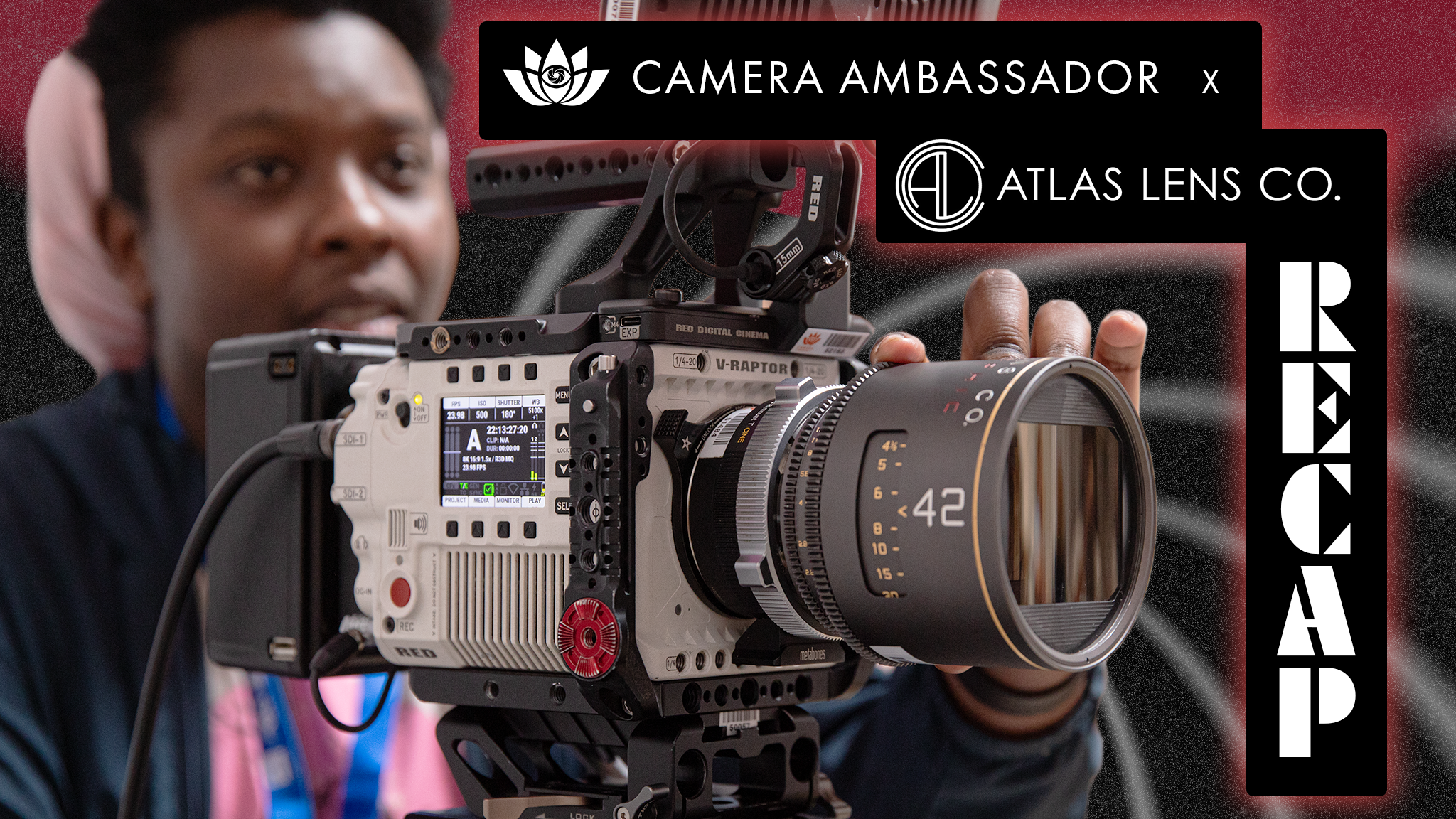Interview by Morgan Price
If there’s one thing that is universally true about film production, it’s that no two shoots are the same. There are always new crew members, a new cast, and most likely new gear-related problems to solve. On top of that, leading companies in the equipment sector of the industry race to produce the latest technology and newest hardware to match. Thus, camera builds are always changing, and customization is key – which often means creating very specialized parts to solve unique ergonomic obstacles. For Camera Ambassador lead technician Eric Silver, this is part of the fun.
Eric specializes in designing and 3D printing accessories and creating custom communication and power cables. I recently sat down with Eric to talk about his process for 3D printing. Check out our conversation:
MP: Can you tell me how you got into printing your own accessories?
ES: Well, I’d always wanted a 3D printer. I specifically remember when I was working at a bike shop, I kept having ideas for things that would make repairing bikes easier. And I wanted a printer for like…probably ten years. It was just too inaccessible at the beginning, but it finally got to the point where the average person could just buy one at a reasonable price. So we got one here at Camera Ambassador and that was my first printer.

MP: How do you come up with your designs?
ES: I started by noticing during preps when clients have issues mounting things to cameras. I was seeing things that I felt could be made more efficient or just cleaner, or maybe more secure, with like, parts that didn't exist out in the wild.
MP: Can you give us an example?
ES: Yeah – well the first thing I made was the Teradek mount, just cause I saw a lot of people using full Noga arms to mount Teradeks, and it just added so much nonsense to the camera. So I thought, why not just make a tiny little bracket that mounts it to the side of the camera, exactly where people were putting the Noga anyway. You save weight, and you’re not wasting a full Noga arm on a little Teradek.
Then I realized that combining electronics and 3D printing was really fun. Because you can kind of make things that haven't existed before and solve problems in that sense. I’m working on making an A-Box preamp combo that is all one system, but is about the size of an A-Box.

MP: What was the inspiration for the preamp A-Box?
ES: I'm currently an AC on a documentary with the Mini LF, and we are often trying to get the best scratch audio that we can because of the nature of the project. We need the camera to be as nimble as possible, and having to add an A-Box and a preamp to it just makes the camera a bit unwieldy. So I'm just trying to make a smaller combination unit that tackles both of those.
MP: Sounds very effecient.
ES: I'm always looking to make things as efficient as possible. Maybe to a fault.
MP: Well, we'll keep that out of the interview.
ES: No, you can keep that in. I don't care.
MP: Haha Ok. Do you have a favorite thing that you've printed?
ES: The mini Arri light is pretty fun. I often try to do functional prints that solve niche problems. And then occasionally I do silly things like make this light.
MP: How long did it take you to make the tiny ARRI light?
ES: Uh, Fusion 360 tells me that I have 18 versions of the light saved.

Eric presenting his partially complete mini ARRI light.
MP: Wow. Does it usually take that long?
ES: It really depends.
MP: Can you tell me about your process?
ES: Yeah. If I'm making something specific to fit another piece, I will take measurements using my digital calipers, and then I will go into Fusion 360 and just start modeling things as I see fit. And then from there it just goes into printing and testing out the first version of the print. Most first prints are just tests for me. It's rare that I nail it on the first try. Heh. And then from there it's just about refining and changing measurements and things until I'm satisfied.

The design software Fusion 360 and blueprints for the mini ARRI light.
MP: Awesome. What is a common item you print off for clients?
ES: One of the most common things we print is matte box adapter rings for various sized front elements. There are a lot of new lenses coming out and occasionally you get funky or irregular sized front rings on the lens. Uh, and it's easier to just print an adapter.

3D printing in process.
MP: Thanks for sitting down and talking with me. Before I go, is there anything you’d want to tell the people about 3D printing?
ES: Well, I'm always looking for input. I'm always asking clients to tell me issues that they find could be fixed with little trinkets and doodads that I can print. So let me know your issues!
You heard it, folks! If there is a piece that you’ve been needing, or you have a mounting issue that you just can’t solve, let us know! Email us at rentals@cameraambassador.com and we will work with you for a solution!



